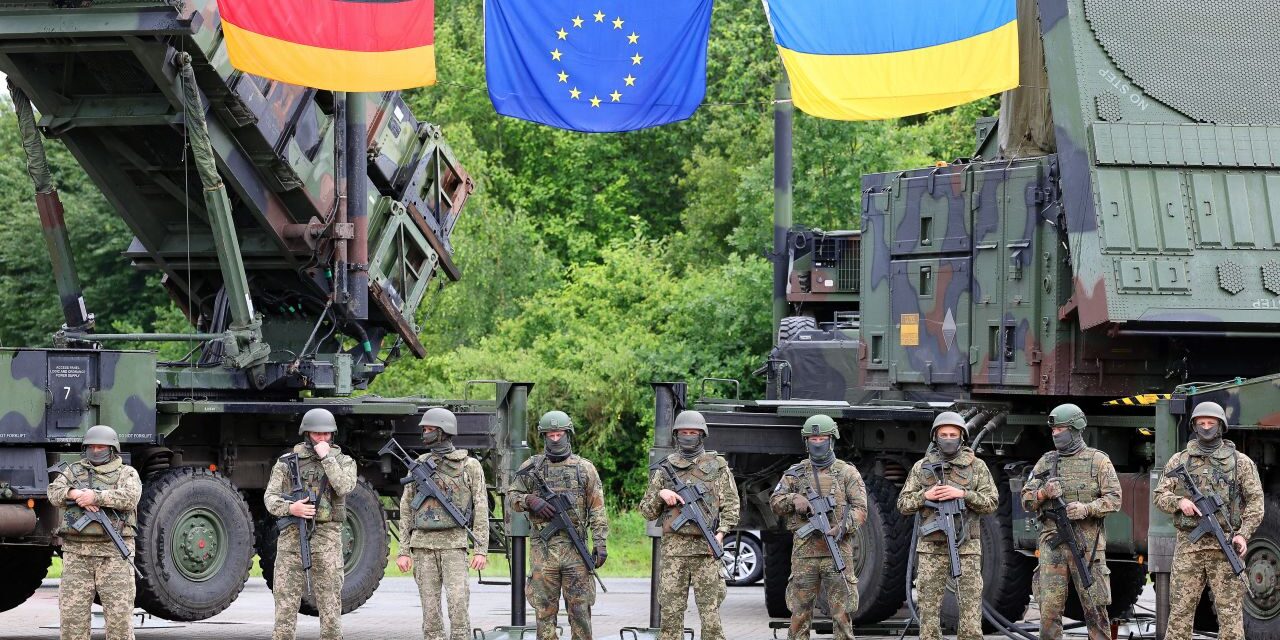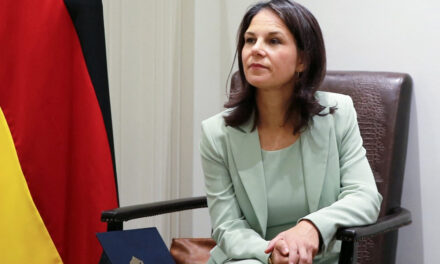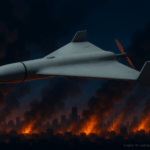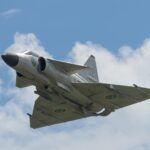Germany’s archived overview of military aid to Ukraine, current as of April 17, 2025, details a two-track model: deliveries from Bundeswehr stocks and industry purchases financed through federal security-capacity funds. Berlin reports roughly €28 billion provided or committed for future years, with €7.1 billion budgeted in 2024 alone and additional multi-year authorisations, while spending in 2022–2023 reached about €6.6 billion. The program also includes extensive training in Germany for more than 10,000 Ukrainian soldiers, alongside medical support for the wounded. bundesregierung.de
The equipment profile is dominated by layered air defence and heavy armour. Germany has handed over three Patriot fire units and four launchers with missiles, six IRIS-T systems with TRML-4D radars, and sixty Gepard SPAAGs backed by hundreds of thousands of 35 mm rounds—reflecting a clear prioritisation of shielding Ukraine’s cities and forces. Armour contributions span 18 Leopard 2A6 tanks, over one hundred Leopard 1A5s, and 140 Marder IFVs, supplemented by hundreds of MRAPs and tracked carriers to move troops under fire. On the artillery side, deliveries include 25 Panzerhaubitze 2000s, HIMARS and MARS II rocket systems, precision 155 mm munitions, and large stocks of 122 mm and 155 mm shells. Drone warfare features prominently, with hundreds of Vector reconnaissance UAS, thousands of HF-1 strike drones, anti-drone sensors and jammers, and maritime unmanned surface craft. bundesregierung.de
Support to mobility, engineering, and survivability rounds out the package. Berlin has shipped bridge-layers, recovery vehicles, mine-clearing systems such as Wisent and Ahlmann platforms, and EOD kits; long-haul logistics fleets include Zetros trucks, tankers, Oshkosh transporters, and protected vehicles. To sustain frontline units, Germany adds RGW-90 anti-tank weapons, MGs, mortars and ammunition, first-aid kits, tourniquets, field hospitals, generators, winter clothing, satcom terminals, and surveillance gear. Looking ahead, items “in planning/in execution” include additional IRIS-T batteries and missiles, further Gepards and Patriot missiles, 54 RCH 155 self-propelled howitzers, more PzH 2000s, and substantial ammunition lots. Because this is an archive page, figures may not reflect later changes, but the snapshot underscores Germany’s role as a core European provider of sustained, high-end military assistance.












